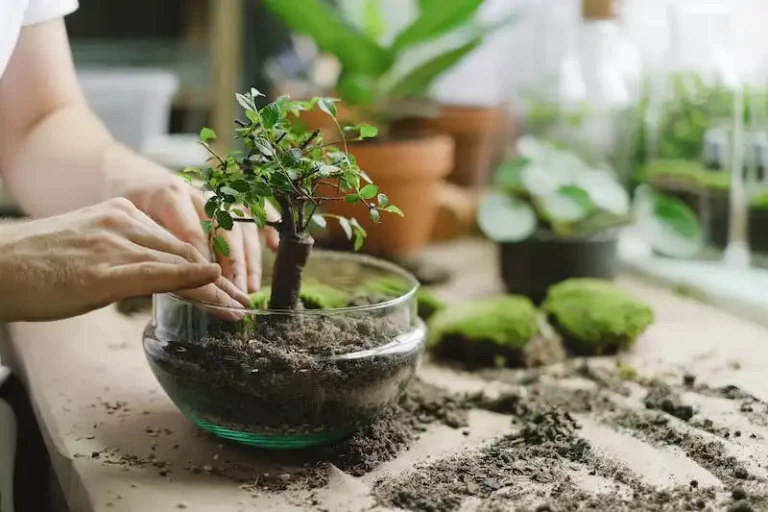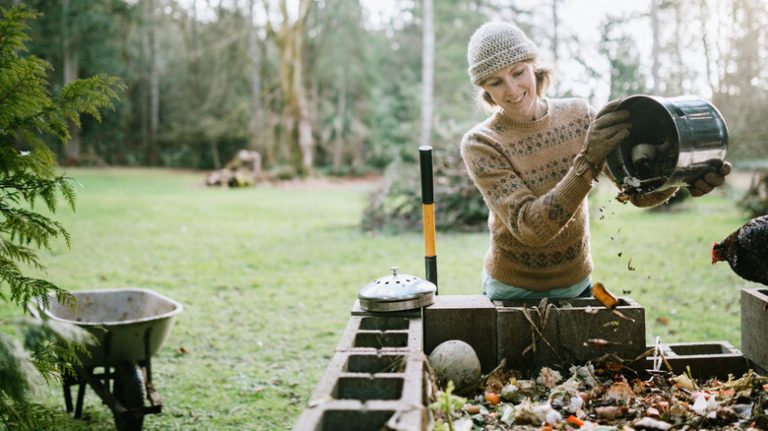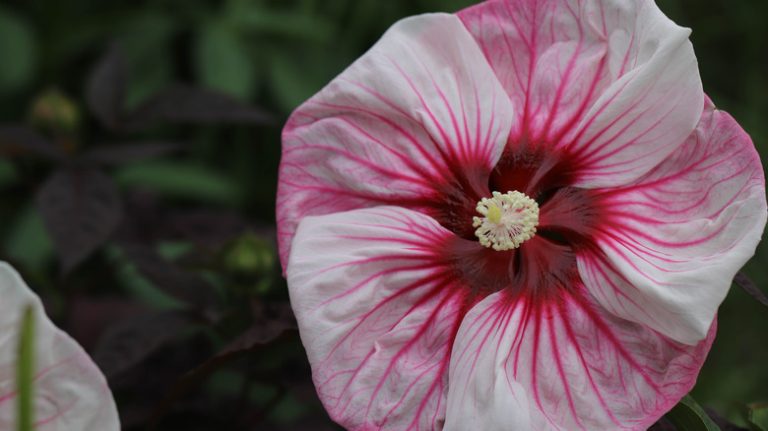When it comes to adding a touch of elegance and beauty to your garden, ivy geraniums are an excellent choice. Known for their cascading, trailing, or even climbing habit, these lovely plants can be grown in containers or planted in the ground to create a stunning display. Whether you prefer the traditional zonal pelargonium or the more exotic ivy and swiss variety, you can enjoy their beautiful blooms year-round with the right care and cultivation.
Ivy geraniums are a popular choice among gardeners due to their versatility and easy care. These plants, including the peltatum species, are widely grown for their low-maintenance habits and ability to tolerate a wide range of growing conditions. They are known for their beautiful foliage, with leaves that come in various shapes, sizes, and colors, adding interest and texture to any garden.
To keep your ivy geraniums healthy and thriving, there are a few key tips to keep in mind. First, it’s important to provide them with the right growing conditions. Ivy geraniums prefer a sunny location with well-draining soil and regular watering. However, be careful not to overwater, as this can lead to root rot and other problems. It’s also important to protect these plants from extreme temperatures, as they can be sensitive to both heat and cold. In colder climates, it’s best to move your plants indoors or to a warmer spot during the winter months.
When it comes to propagation, ivy geraniums can be easily grown from cuttings. Simply take a cutting from a healthy plant, remove the lower leaves, and place it in a container with damp soil. Keep the soil lightly moist and provide bright, indirect light. In a few weeks, you should see roots starting to form, and you can then move the cutting to a larger pot or plant it in the ground.
Overall, ivy geraniums are a lovely addition to any garden. With their trailing or climbing habit, beautiful foliage, and vibrant blooms, they are sure to be a standout feature. By providing them with the right care and attention, you can enjoy their beauty year-round, making them a worthwhile addition to your garden.
How to Grow Ivy Geranium the Queen of Hanging Baskets
When it comes to hanging baskets, Ivy Geraniums are the queens of the lot. There’s just something so charming and beautiful about these cascading plants that make them a favorite among gardeners. And the best part is, they are relatively easy to grow and care for.
If you’re a fan of online plant shopping, you’ll find a variety of Ivy Geraniums available. You can choose from different colors, like pink, red, and purple, as well as different leaf shapes and sizes. One popular variety is the Zonal Geranium, which has beautiful flowers and uniquely shaped leaves.
Ivy Geraniums are particularly loved for their ability to withstand various weather conditions. Whether you live in a zone with harsh winters or hot, humid summers, these plants can thrive. However, they are more suited to warmer climates and may not survive frost and freezing temperatures.
When it comes to planting Ivy Geraniums, you’ll want to know how to properly care for them from the get-go. Start by planting them in containers with well-drained soil. Make sure the containers have drainage holes to prevent waterlogging. These plants don’t like wet feet, so it’s important to ensure the soil dries out between waterings.
Ivy Geraniums love lots of sunlight, so place them in a sunny spot, like a south-facing window or a balcony that receives at least six hours of direct sunlight per day. They will bloom profusely in this ideal lighting condition.
Water your Ivy Geraniums regularly, allowing the soil to dry slightly between waterings. Overwatering can lead to root rot and other plant health problems. Additionally, avoid getting water on the leaves, as this can increase the risk of fungal diseases.
To fertilize your Ivy Geraniums, you can use a liquid fertilizer once a month during the growing season. This will provide them with the necessary nutrients for healthy growth and abundant blooms.
As with any plant, Ivy Geraniums may face a few challenges. Pests like whiteflies and aphids can be a problem, so keep an eye out for any signs of infestation and take appropriate action if necessary. In addition, these plants may experience issues like edema, which is the formation of blisters on the leaves due to overwatering or fluctuating environmental conditions.
One special part about Ivy Geraniums is their trailing habits, perfect for hanging baskets. The cascading stems create a beautiful display, especially when they are in full bloom. Whether you hang them on a balcony, porch, or patio, Ivy Geraniums will add a touch of elegance to your outdoor space.
Ivy Geraniums are not only great for outdoor planting but also make excellent houseplants. You can bring them indoors during the colder months and enjoy their beauty year-round. Just make sure to place them in a bright spot with enough sunlight to keep them healthy.
In conclusion, Ivy Geraniums are the queen of hanging baskets for a reason. Their beautiful blooms, trailing habits, and hardy nature make them a popular choice among gardeners. Whether in gardens or as houseplants, Ivy Geraniums are sure to bring joy and beauty to any space.
Growth Habits by Variety
Ivy geraniums are a popular choice for many gardeners, thanks to their cascading and balcony-friendly growth habits. They have a trailing vine-like habit that makes them perfect for hanging baskets, window boxes, and containers. Ivy geraniums are also widely grown as bedding plants, adding a pop of color to gardens and landscapes.
Ivy geraniums are known for their zonal foliage, with distinct markings on the leaves. This foliage can come in a variety of colors, including green, variegated, and purple. The flowers of ivy geraniums are also quite stunning, with delicate blossoms that come in shades of red, pink, white, and more.
One of the problems that can occur with ivy geraniums is edema, also known as “geranium edema” or “ivy-zonal edema.” This condition is caused by overwatering, particularly in winter when the weather is cool and damp. To avoid this issue, it’s important to water ivy geraniums less frequently during the winter months.
Ivy geraniums can be propagated from cuttings, making them an easy plant to share with others. Simply take a cutting from a healthy Ivy Geranium plant, remove the lower leaves, and place the cutting in a container filled with damp potting soil. Keep the soil moist and the cutting should begin to root within a few weeks.
When it comes to pests, ivy geraniums are relatively problem-free. However, they can sometimes attract aphids, spider mites, and whiteflies. To keep these pests at bay, consider using an organic pest control method or simply hose down your plants with water to dislodge any insects.
It’s important to prune ivy geraniums regularly to encourage healthy growth and flowering. Begin pruning in early spring, once the danger of frost has passed. Trim back any dead or damaged branches, as well as any overly long or leggy growth. This will help promote a more compact and bushy plant.
Given the right care, ivy geraniums can be true flowering stars in your garden. With their cascading habit, stunning blossoms, and vibrant foliage, they are sure to attract attention and bring beauty to any outdoor space. So why not give them a try and enjoy their growth habits?
Traditional
In the world of houseplants, the term “ivy” is often used to refer to two different types of plants: true ivy (such as English Ivy) and ivy geraniums. This article will focus on the latter, specifically the traditional variety known as Pelargonium peltatum.
Ivy geraniums, also known as pelargoniums, are a variety of geranium that has a trailing growth habit, making them perfect for hanging baskets or cascading over walls and fences. These plants are popular for their vibrant, long-lasting blooms and their ability to tolerate a wide range of growing conditions.
Cultural considerations – Ivy geraniums are relatively easy to care for and propagate, making them a popular choice for gardeners of all skill levels. They can be grown as annuals or perennials, depending on the climate zones they are grown in. In colder zones, they may need some protection during the winter months.
Cultivation – Ivy geraniums prefer well-draining soil and should be watered thoroughly once the top inch of soil feels dry to the touch. Overwatering can be a problem, as it can cause root rot and other issues. These plants thrive in full sunlight, so be sure to provide them with at least six hours of direct sunlight each day.
Propagation – Ivy geraniums can be easily propagated through stem cuttings. Take a cutting from a healthy, established plant and place it in a mix of equal parts peat moss and perlite. Keep the soil moist but not overly wet, and the cutting should develop roots within a few weeks.
Caring for ivy geraniums – In addition to proper watering and sunlight, there are a few other care tips to keep in mind. Keep an eye out for pests, such as aphids, and treat them accordingly. Ivy geraniums are also prone to a condition called edema, which causes blister-like patches on the leaves. This is often caused by overwatering or periods of high humidity. To prevent or treat edema, make sure to provide adequate air circulation around the plants.
In conclusion, traditional ivy geraniums, with their beautiful trailing blooms and variety of colors, are a popular choice for both indoor and outdoor gardens. Their cultural requirements are relatively simple, making them a great option for beginners or experienced gardeners looking for a low-maintenance plant. With proper care and attention, these plants can provide years of beauty and enjoyment.
For more information on ivy geranium care, visit guide-to-houseplants.com for articles and tips.




